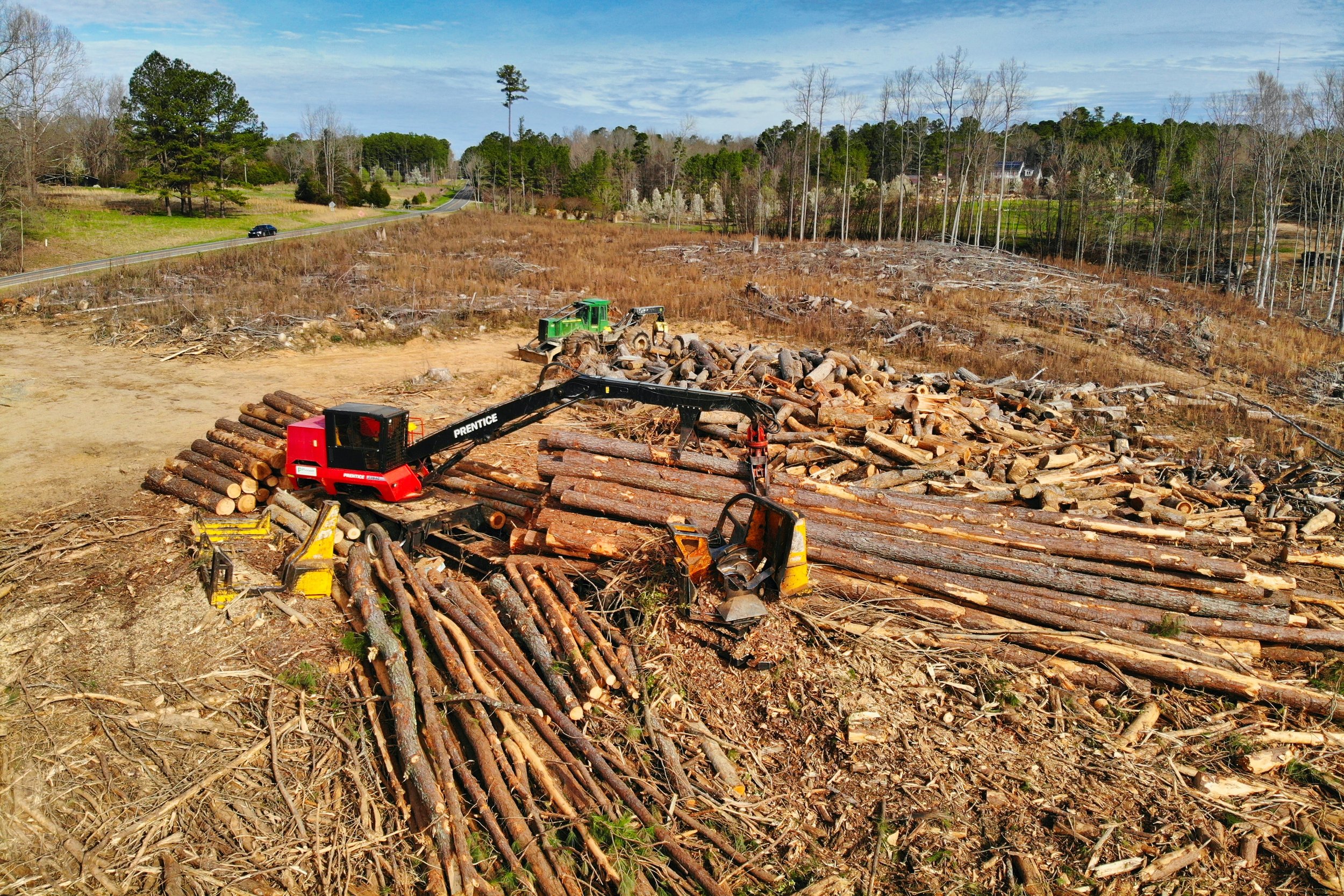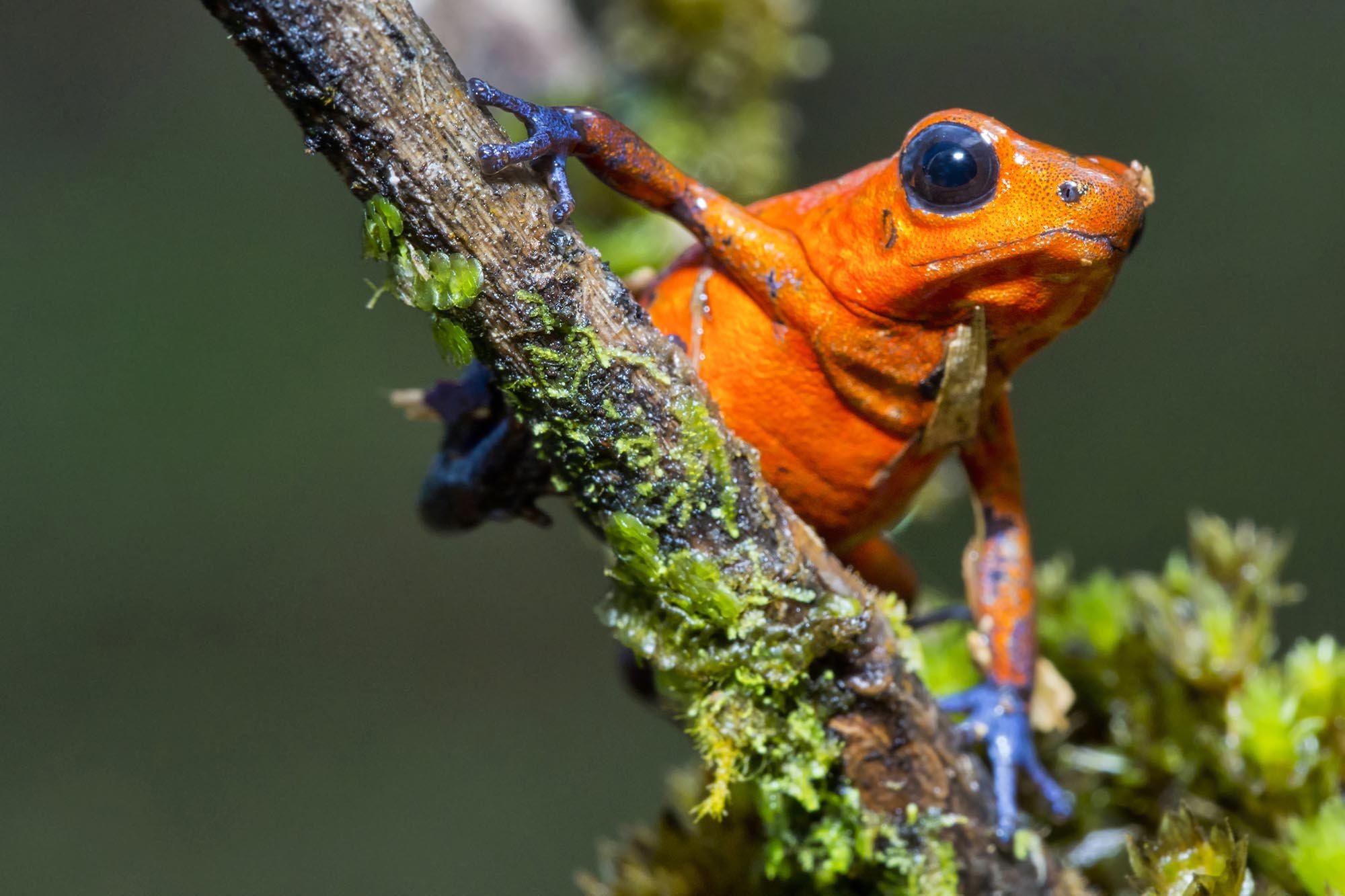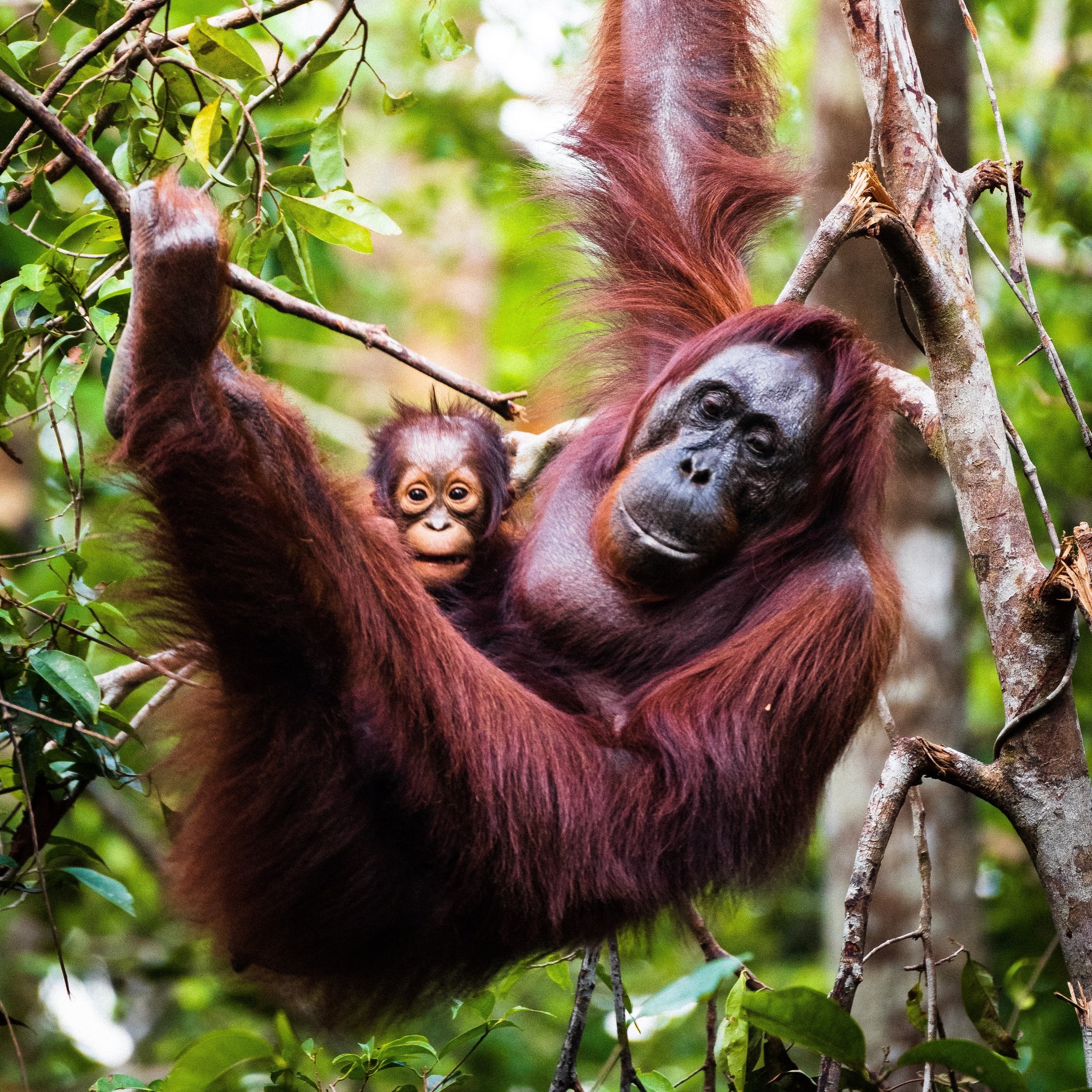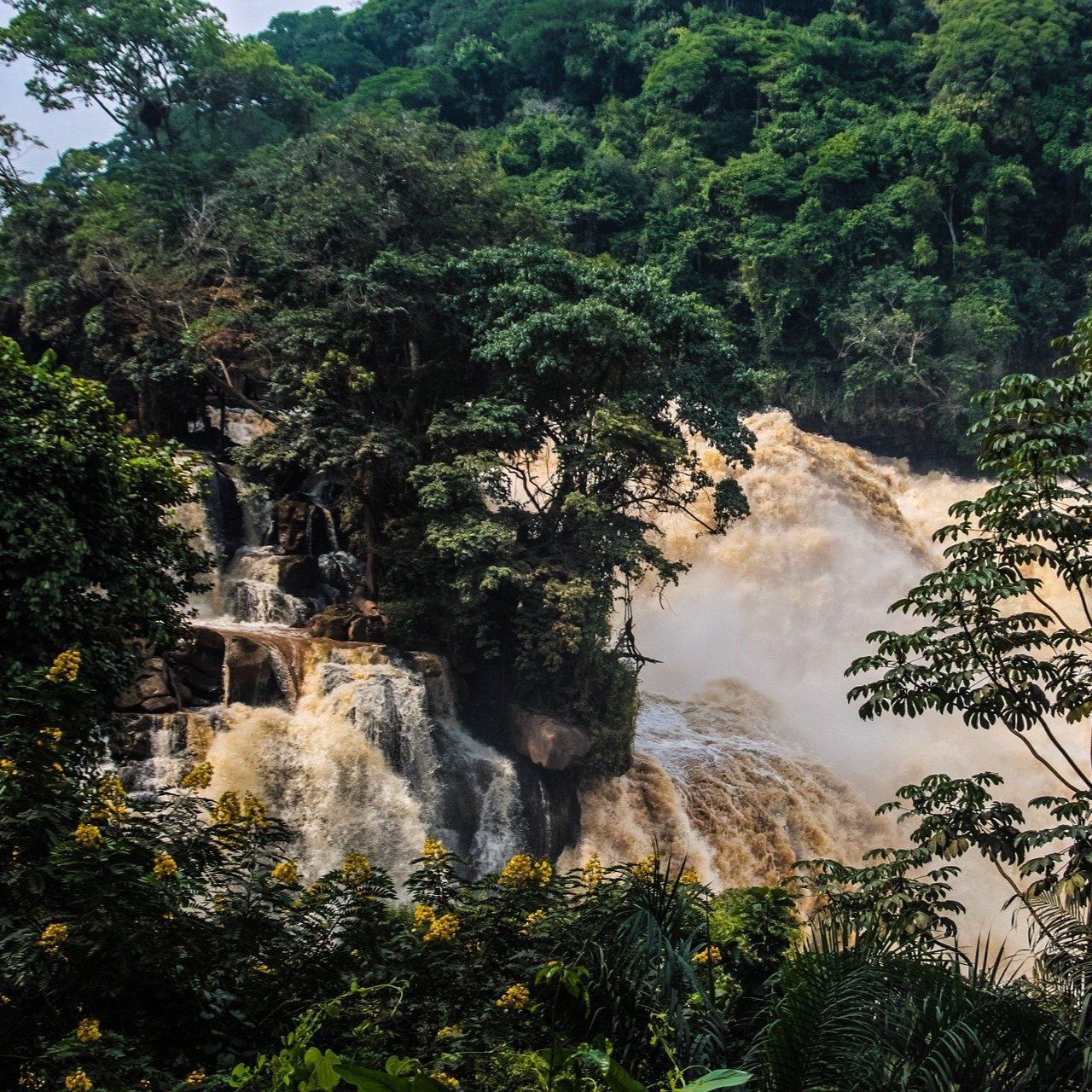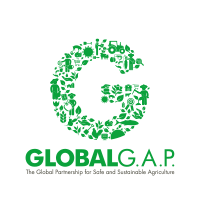
Deforestation
What Is Deforestation?
The term ‘deforestation‘ refers to the clearing of land and removal of trees for other uses, including agriculture, grazing, or using the timber for fuel, construction or manufacturing, which have become significant global issue. Forests are believed to cover as much as 30% of the world’s land and are integral to supporting life on Earth as they provide important ecosystems. However, like many of the environmental issues we have discussed throughout our Environmental Calendar, as the global population increases as does the rate of deforestation. In the last 30 years alone, the world has lost 1.3 million square kilometres of forest - an area larger than South Africa and it is predicted that at current rates, the next 100 years would see the complete loss of the world’s rainforests.
A Global View
A UK View
The UK is also threatened by deforestation, albeit to a lesser extent. 800 woods are currently known to be under threat of development and the current rate of planting new woodland areas is very low. According to the Woodland Trust’s ‘State of the UK’s Woods and Trees 2021’ report, published earlier this year, woodland cover in the UK is slowly increasing. However, many of the trees are non-native and existing native woodlands are in poor condition. This has led to a decline in woodland wildlife, with bird numbers dropping by 29%. Woodlands in Britain hold approximately 213 million tonnes of carbon, with ancient and well-established woodlands holding 36% of this, despite only accounting for 25% of the total. However, the current rate of increasing woodland cover, particular that of native trees, is not fast enough for the UK to reach carbon neutral by 2050
What Are The Causes Of Deforestation?
There is rarely a single cause of deforestation but a culmination of many human activities. There are three main causes that are intrinsically linked and are the main drivers of deforestation.
Agriculture
Agriculture is the largest driver of deforestation which accounts for 80% of all global deforestation.
Subsistence farming requires a large amount of “new” and fertile agricultural land to grow crops such as soy palm and cocoa (see our calendar entry on Palm Oil).
“New” land is also created for more grassland to raise cattle and livestock.
“Slash and burn” techniques are used to create large swathes of new land which rapidly become unfertile and degraded.
Degraded land around forested areas is much more flammable and so deforestation is a major driver in wildfires such as the devastating fire in the Amazon Rainforest in 2019.
Logging
Growing demand for timber for the production of paper and furniture is resulting in ever-increasing global logging rates.
However, the majority of logging that occurs is illegal, conducted with no or little regulation.
In addition to the logging itself, loggers often clear land to build roads to increase accessibility to remote areas of forest.
When the timber in an area has been harvested, the loggers move onto the next area of value and the roads become home to settlers.
The cycle of deforestation continues as settlers (farmers and ranchers) then “slash and burn” the remaining areas of forest for agriculture
Population Growth
People have been deforesting the Earth for thousands of years; a trend that is only increasing as the global population continues to grow.
Although most tropical forests are located in developing countries, it is not just the local and national populations that rely on them; economic globalisation has meant that there is global demand on these forests.
Forests are regularly cleared to make room for urbanisation, through the construction of new towns and cities and the expansion of infrastructure, such as the building of roads.
Demand from irresponsible businesses, including many financial institutions, is driving forest destruction and the communities and biodiversity that rely on them.
Countries build roads into remote areas to improve goods transportation and although the road development itself causes a limited amount of deforestation, these roads often provide entry to previously inaccessible, unclaimed land.
What Are The Consequences Of Deforestation?
Deforestation is having devastating impacts on our environment. These impacts can be grouped into three key themes:
Climate Change
Deforestation is a significant contributor to climate change, with forestry and agriculture accounting for 24% of the world’s total greenhouse gas emissions in two main ways:
When trees are felled they release carbon dioxide that they are storing into the atmosphere.
Trees are a significant source for carbon capture and sequestration (“carbon sinks”); fewer trees results in increased emissions in the atmosphere.
Carbon dioxide emissions as a result of tree cover loss in tropical countries account for more than the lifetime of 85 million cars.
In the tropics and temperate zones, deforestation can increase local air temperature by 1°C.
Tropical tree cover alone could provide as much as 23% of the climate mitigation needed over the next decade to meet the Paris Agreement (2015) climate goals.
Loss of Biodiversity
Forests are home to 80% of the planet’s land fauna and flora species.
Deforestation leads to the destruction of key habitats for these species.
It is estimated that deforestation has resulted in the loss of between 4000-6000 rainforest species.
The removal of trees also deprives the forest of portions of its canopy, blocking the sun’s rays during the day and meaning that heat is retained at night, causing extreme changes in temperature that can have harmful impacts on many species.
Community Impact
Deforestation also has a significant impact on local communities that rely on forests for food, shelter and livelihoods.
As many as 250 million people, many of whom are among the world’s rural poor, live in forest and savannah areas and depend on them for subsistence and income.
Communities local to areas of significant forest loss are also at greater risk of extreme weather events such as flooding and landslides due to unstable soil and open lands.
Displacement of wildlife from the forest as a result of habitat loss is also leading to increasing human-animal conflicts and a higher risk of zoonotic diseases.

Our Tip
Where possible, buy products made from recycled paper. Toilet rolls, office paper and greeting cards are all available.
Deforestation Spotlight
Amazon Rainforest
The Amazon Rainforest
17% of the Amazon rainforest has been lost in the last 50 years, mostly as a result of forest conversion for cattle ranching.
580 square km of the Amazon were destroyed in Brazil in April 2021, a new high for the month of April and a 42.5% year-on-year rise.
The Brazilian Amazon released nearly 20% more carbon dioxide into the atmosphere over the last decade than it absorbed.
Deforestation in this region is particularly rampant near more populated areas, roads and rivers, but even remote areas have been encroached upon when valuable mahogany, gold, and oil are discovered.
This has caused mass disruption for local people: natural resources and ecosystem services are reduced; soil has degraded, limiting productivity; and rivers are polluted, impacting the water supply of many Brazilian cities and surrounding countries.
Indonesia
Indonesia
Between 2010 and 2019, Indonesia lost almost 5.9 million hectares of forest (equating to approximately 68 full-sized rugby fields per hour).
A deadly combination of logging (legal and illegal) and the rapid expansion of palm oil plantations is largely to blame (see Palm Oil).
Consequently, it is believed that over 100,000 Bornean orangutans have been lost in the last 16 years, with 80% of their habitat having been destroyed.
Micro-climate changes also impact fruiting in the forests, forcing orangutans to move to new areas in search of food, increasing conflicts with humans, often resulting in many being killed as ‘pests’.
These areas are also extremely vulnerable to forest fires: dead wood litters what was once forest floor and acts as combustion material for uncontrollable infernos, further threatening orangutan and many other wildlife populations.
The Congo Basin
The Congo Basin
Over the last 20 years, the Congo rainforest has been victim to deforestation as a result of small-scale subsistence agriculture, clearing for charcoal and fuelwood, urban expansion, mining and industrial logging.
However, it is believed that the world could learn some lessons from practices implemented in the region.
Despite high-level corruption, illegal practices and poor relations with local communities, sustainable forest management in the form of selective logging of timber has long been promoted.
It is also thought to be more environmentally friendly than the complete destruction of forest through clearance for agriculture.
Initial analyses suggest that as a result the rate of deforestation in the region was 23% lower than the national average and 46% lower than in logging concessions (a government allocated area for logging).

Our Tip
Check what you receive through the post and see if you can change that communication to emails instead. Bank statements, bills, business newsletters are good examples.
How You Can Help
Shop Consciously
When you are shopping make sure you look for products that have been produced or made sustainably. This can be hard as labelling is not always clear, but if it doesn’t state on the packaging that it is sourced sustainability, it is fair to assume that it isn’t.
Looking out for certified products is one easy way of checking to see if something is sustainable. Products with the Rainforest Alliance certification seal on them mean that the product, or an ingredient, was produced by farmers, foresters and/or companies working together to create a world where people and nature thrive in harmony.
Another sustainable sourcing label to look out for is the Forest Stewardship Council (FSC). By choosing products with the FSC label you can help to take care of the world’s forests.
More information on labels and certification schemes can be found in our useful symbols guide below.
It is also important to look out for certain ingredients when shopping, as some, such as palm oil, can have a great impact on the environment if not grown sustainably. The WWF provides a Palm Oil scorecard which you can use to see if companies are sourcing and using sustainable palm oil in their products. For more information on palm oil and the issues surrounding its use see the February page of our Environmental Calendar.
Eat Green & Eat Clean
By buying and eating locally sourced food, you can help reduce the carbon footprint of what you eat, reducing your impact on the environment. Also, locally sourced food is often more sustainable because of where and how it is produced.
By reducing your meat and dairy consumption you are helping to prevent the need for forest-clearing to graze animals or grow grain for food.
Go Paperless
Where you can either stop, or reduce the amount of paper you are using at home, work or school. By reducing the amount we consume, we are reducing the amount that needs to be produced in the first place.
Tree Planting
Planting new trees is one way in which we can help restore the habitats we have already lost to deforestation. There are many ways you can get involved, from planting a tree in your local neighbourhood, to supporting organisations who are working to restore forests and woodlands all over the world.
If you are in the UK you can take part in the Queen’s Green Canopy initiative, which has been set up to celebrate the Queen’s Platinum Jubilee in 2022. It invites people across the UK to plant a tree for the Jubilee. Everyone is invited to plant a tree from October 2021 through to the end of 2022. With a focus on planting sustainably, the QGC encourages planting trees to create a legacy in honour of the Queen’s leadership of the nation which will benefit future generations.

Our Tip
When you are shopping make sure you look for products that have been produced or made sustainably. Check below for some logos to look out for.
Useful Symbols
Forest Stewardship Council (FSC) Chain of Custody Certification
The Forest Stewardship Council® (FSC) promotes environmentally appropriate, socially beneficial, and economically viable management of the world's forests.
FSC® chain of custody (CoC) tracks FSC certified material through the production process - from the forest to the consumer, including all successive stages of processing, transformation, manufacturing and distribution. Only FSC CoC certified operations are allowed to label products with the FSC trademarks.
The FSC label thus provides the link between responsible production and consumption and thereby enables the consumer to make socially and environmentally responsible purchasing decisions.
Global G.A.P.
Global G.A.P. is a private sector body that sets voluntary standards for the certification of agricultural products around the globe. The aim is to establish one standard for Good Agricultural Practice with different product applications capable of fitting to the whole of global agriculture.
The standard is primarily designed to reassure consumers about how food is produced on the farm by minimizing detrimental environmental impacts of farming operations, reducing the use of chemical inputs and ensuring a responsible approach to worker health and safety as well as animal welfare.
Soil Association Organic Standard
The Soil Association Organic Standard certifies that farms, growers, food processors, retails, caterers, textile producers, health and beauty manufacturers around the world meet their high standards for organic practices. This certification is underpinned by law, and anyone who displays the logo will be legally compliant with the EU Organic Regulation.
Sustainable Forest Initiative (SFI)
The SFI labels are designed to inform people what they are buying. If a product displays a SFI Chain of Customer label it means that the product contains materials from certified forests, certified sourcing, and post-consumer recycled materials.
Useful Links & Further Information
Click the title below for further information.
-
This ‘State of’ report presents important facts and trends focusing predominantly on UK native woods and trees. It reports on their extent, condition and wildlife value, the benefits people gain from them, the threats and pressures they face, what is being done to help them and what more we need to do.
-
A series of maps, charts and graphs that show global forest cover, deforestation and forest degradation.




